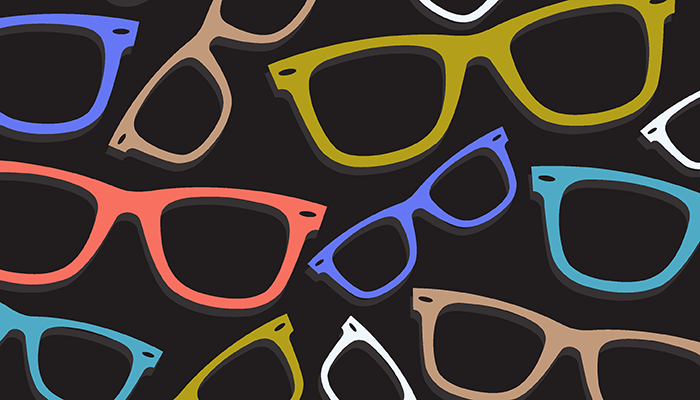
Additive manufacturing, more commonly known as 3D printing, is being used to fabricate increasingly complex medical equipment and devices. Perhaps unsurprisingly, it’s can also be used to create custom spectacle frames for pediatric patients with congenital and acquired craniofacial abnormalities. And that’s great news; if conventional glasses do not fit comfortably, children are less likely – or possibly unable – to wear glasses daily, which increases the risk of vision loss secondary to refractive amblyopia. But you need to start with the right information.
Until now, CT or MRI scans have been used to inform custom designs ahead of 3D printing – but this creates a bottleneck and drives up cost. In search of a solution that was more affordable, more portable, and non invasive, a team at the University of California in San Francisco decided to test the potential of 3D surface imaging (3DSI), using a smartphone equipped with a TrueDepth camera (1).
Notably, a 3DSI scan was only considered successful if six key parameters (face width, distance from ear bridge to nasal bridge, distance from center of pupil to center of nasal bridge, distance from lateral to medial canthus, ear vertical offset, and nasal bridge width) were within 5 percent of the same measurement by MRI.
Impressive. But how does this accuracy translate to the resulting 3D-printed spectacles? Well, they were often close to perfection at the prototype stage, with very few revisions (an average of 1.7) required for the final frame. And, more importantly, all 20 children in the study came away with glasses that could be worn daily without irritation.
References
- AG de Alba Campomanes et al., JAMA Ophthalmol, [Online ahead of print] (2022). PMID: 36048438.
